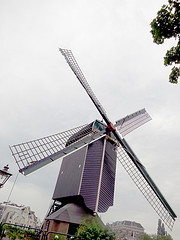 Although windmills are an iconic representation of the Netherlands, they haven’t actually been used much for the past two centuries.
Although windmills are an iconic representation of the Netherlands, they haven’t actually been used much for the past two centuries.
The ‘invention’ of the practical steam engine by James Watt in the 18th century made short work of the Dutch reliance on windmills. The use of wind power for pumping water out of polders saw a sharp decline in the 19th century.
Ironically, the abandonment of windmills did not stop the development of these devices in the Netherlands. According to Low Tech Magazine:
In the 1920s and 1930s, however, when windmills had stopped working almost everywhere in Europe, the Dutch started a research program that led to the final development of the classical windmill. In 1923, the “Dutch Windmill Society” was founded, with the mission to improve the performance of windmills generating mechanical energy. Among the members were famous millwright builders like the Dekker Brothers. The results were spectacular.
[…]
[While] a traditional windmill could be worked for around 2,671 hours per year in the Netherlands, the new streamlined design could be operated for 4,442 hours per year – more or less doubling the annual energy output.
(Link: Making Light, Photo: regular windmill De Put in Leiden by me)

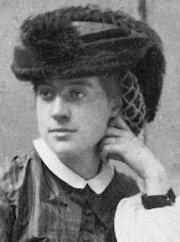 Apart from the Arctics, the interior of Africa was one of the last places left for Europeans to ‘discover’ and finding the source of the Nile was a major goal for 19th century explorers.
Apart from the Arctics, the interior of Africa was one of the last places left for Europeans to ‘discover’ and finding the source of the Nile was a major goal for 19th century explorers.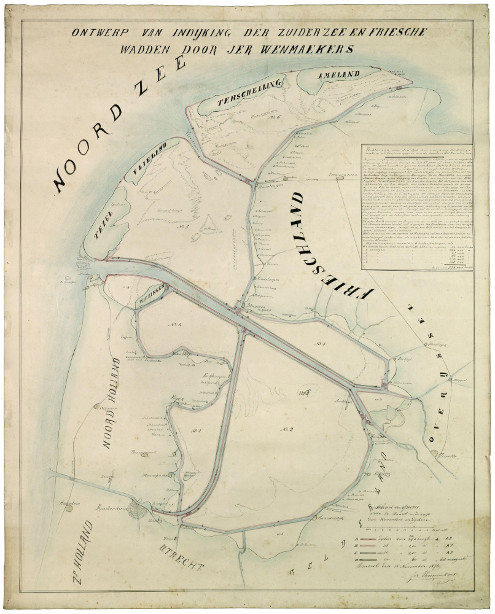
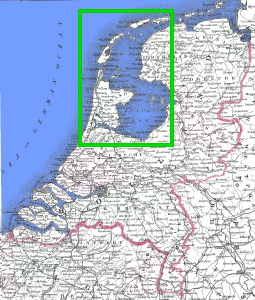
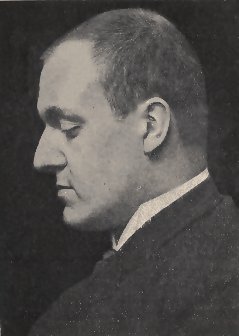 Albert Verwey wrote about Lodewijk van Deyssel’s 1887 novel Een Liefde (A Love), considered pornographic at the time:
Albert Verwey wrote about Lodewijk van Deyssel’s 1887 novel Een Liefde (A Love), considered pornographic at the time: